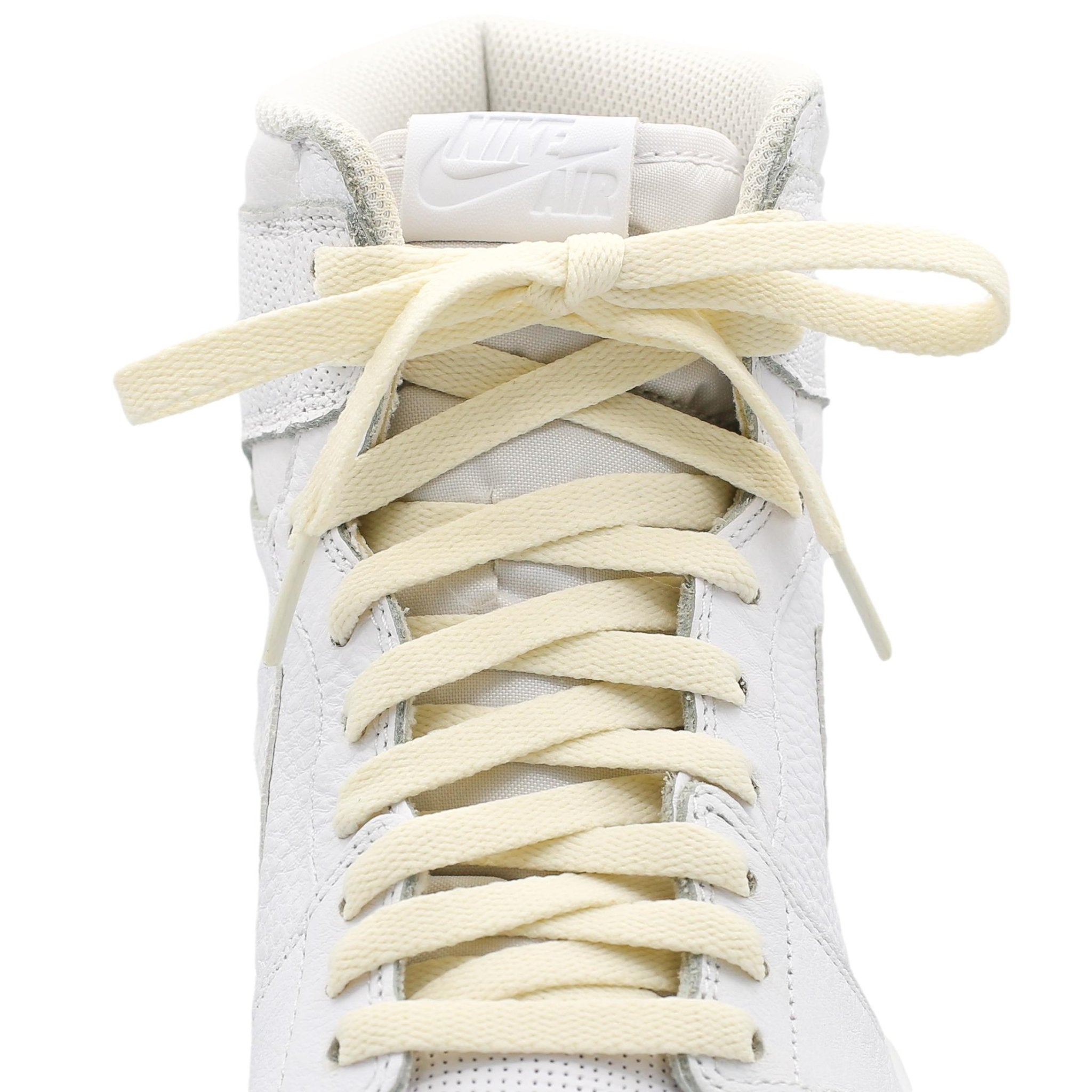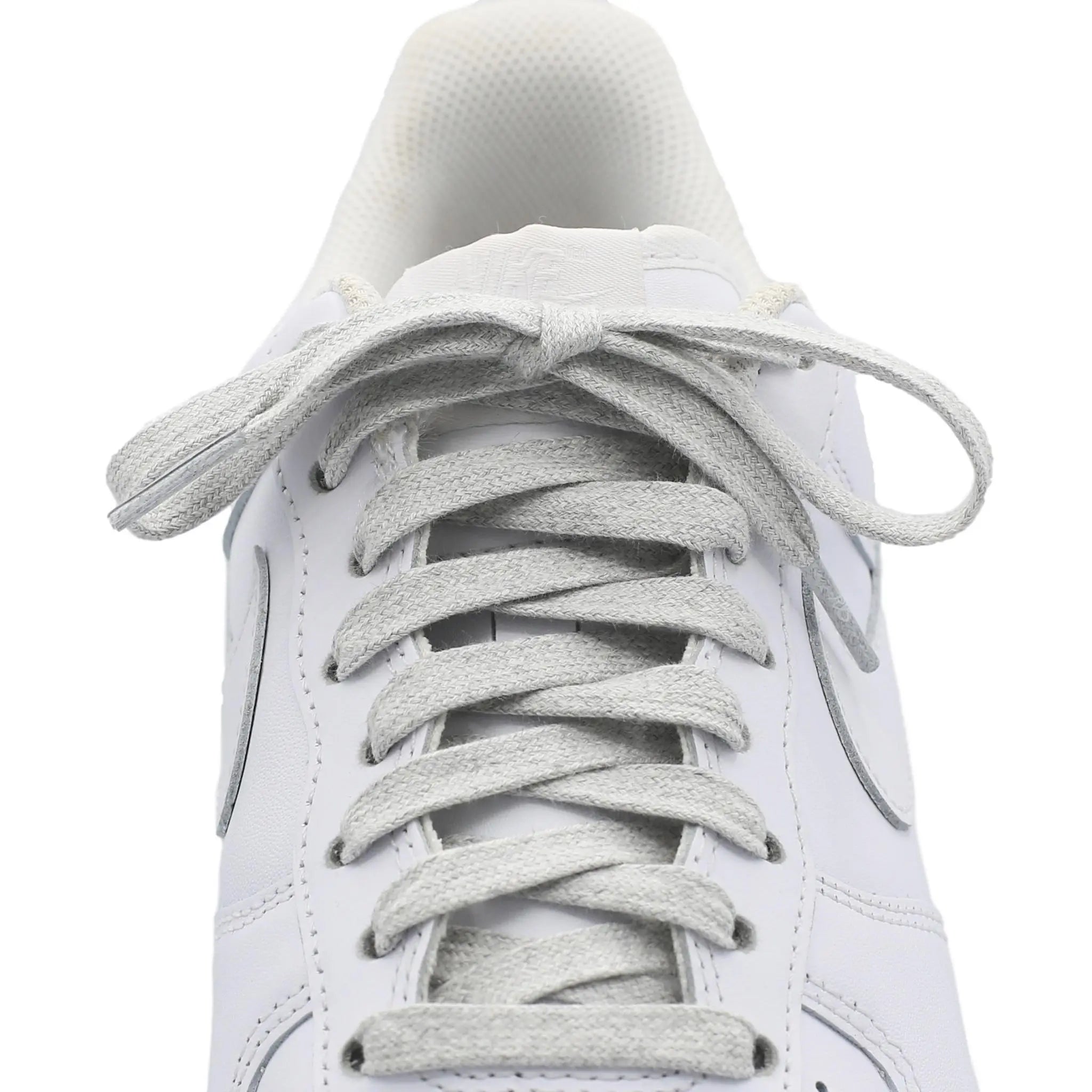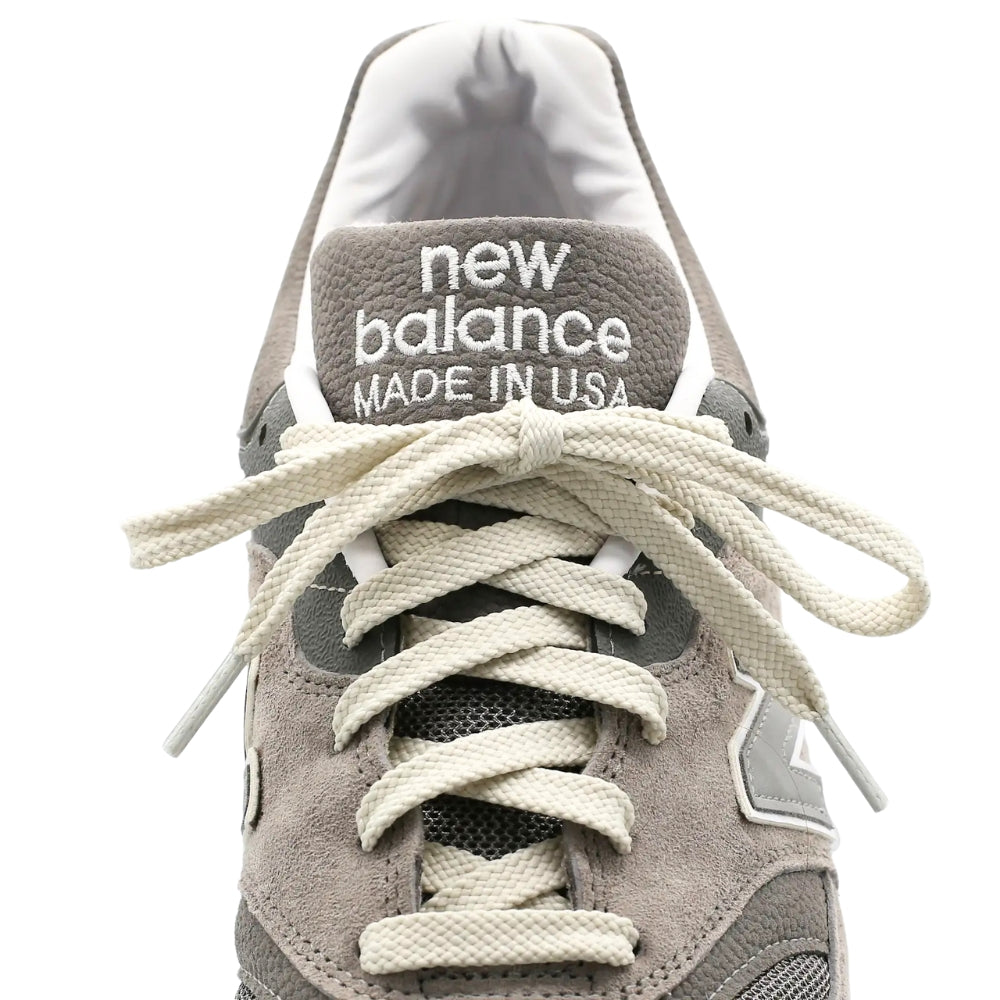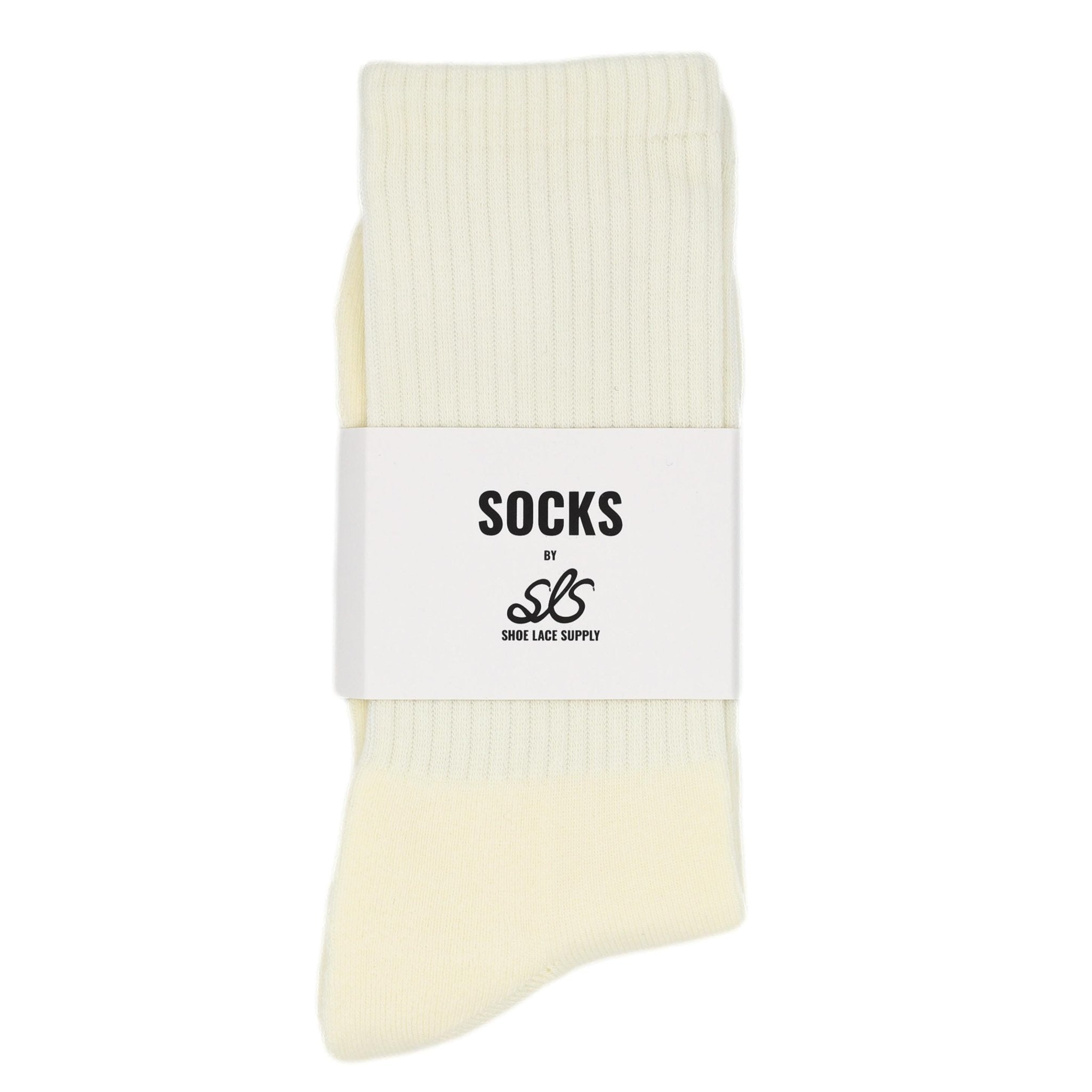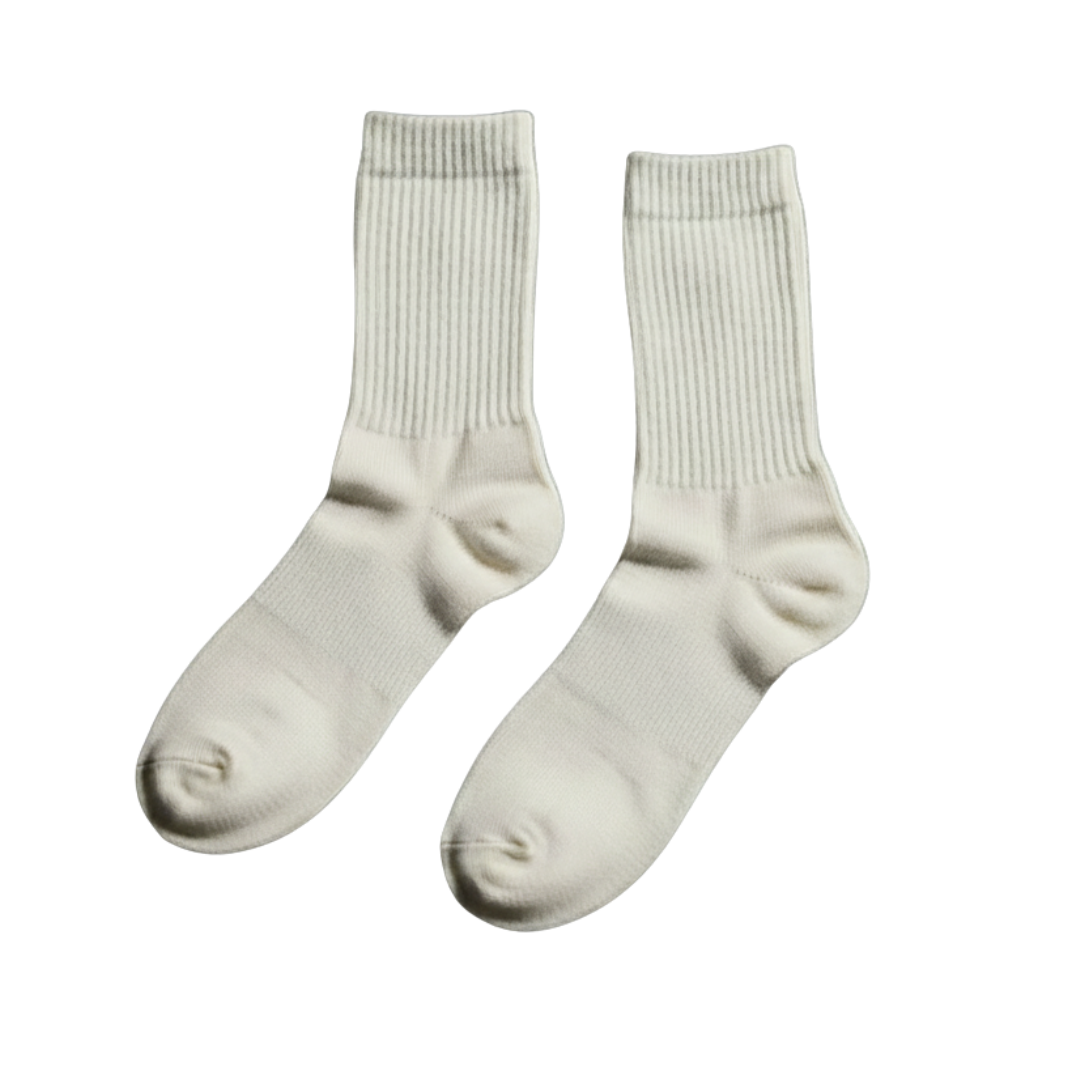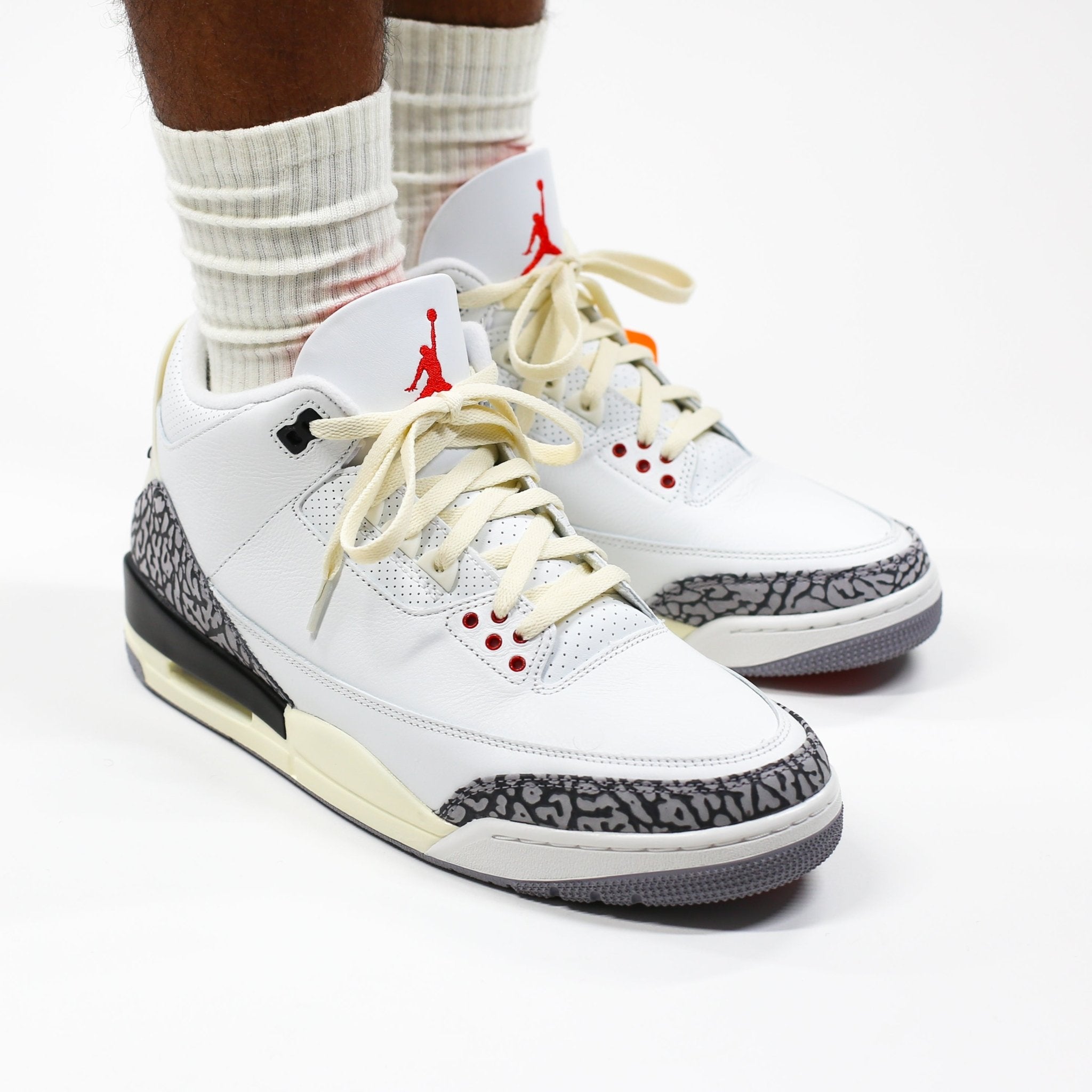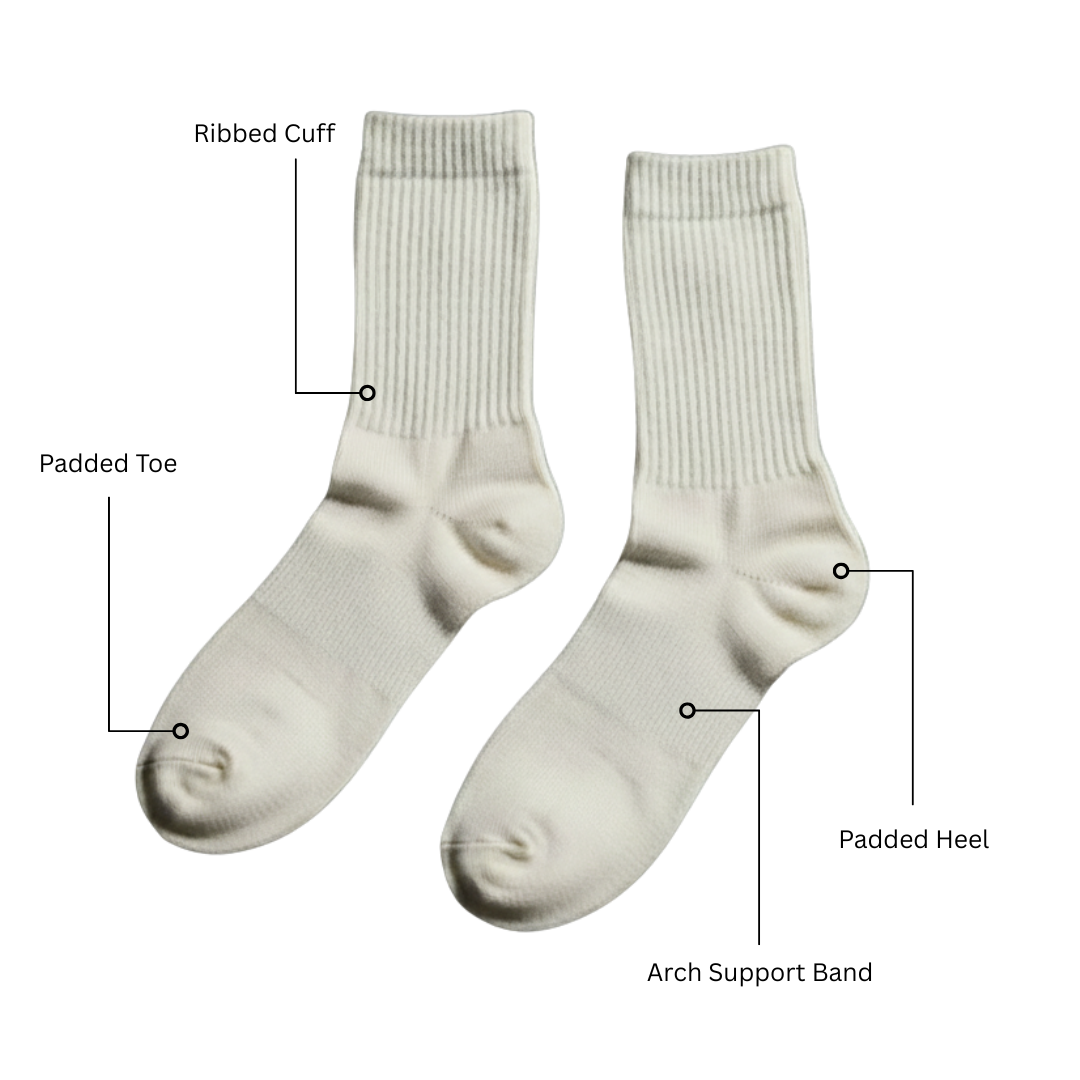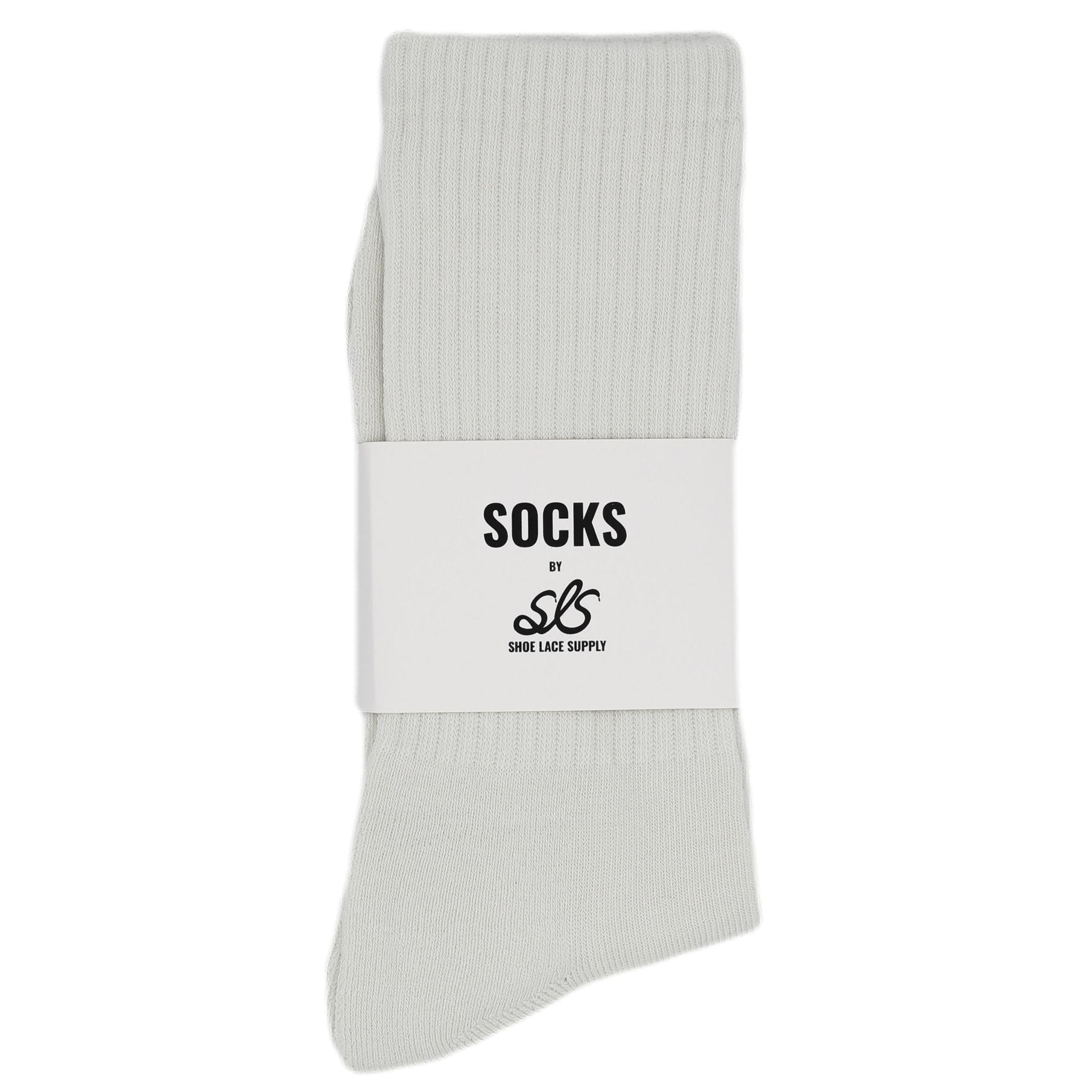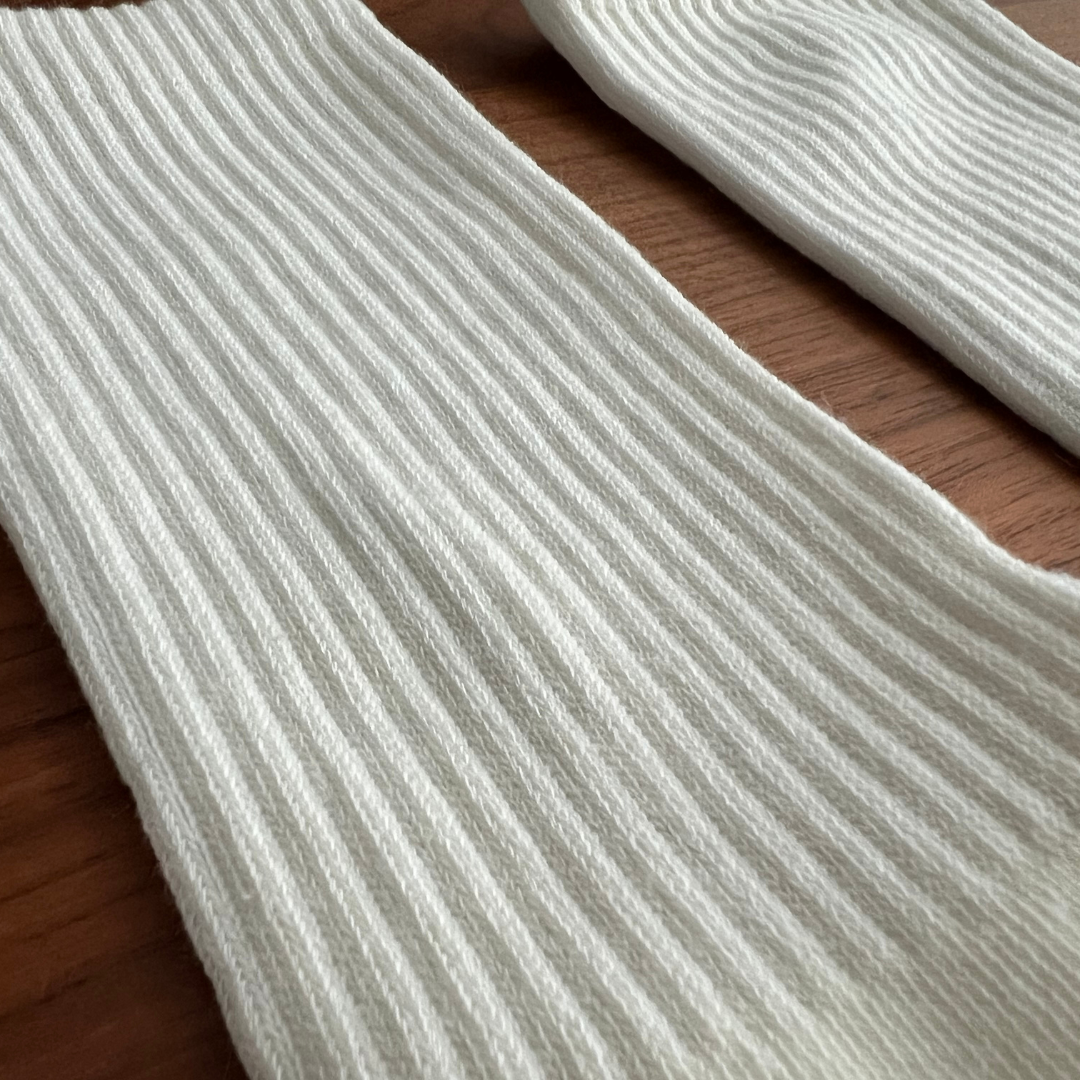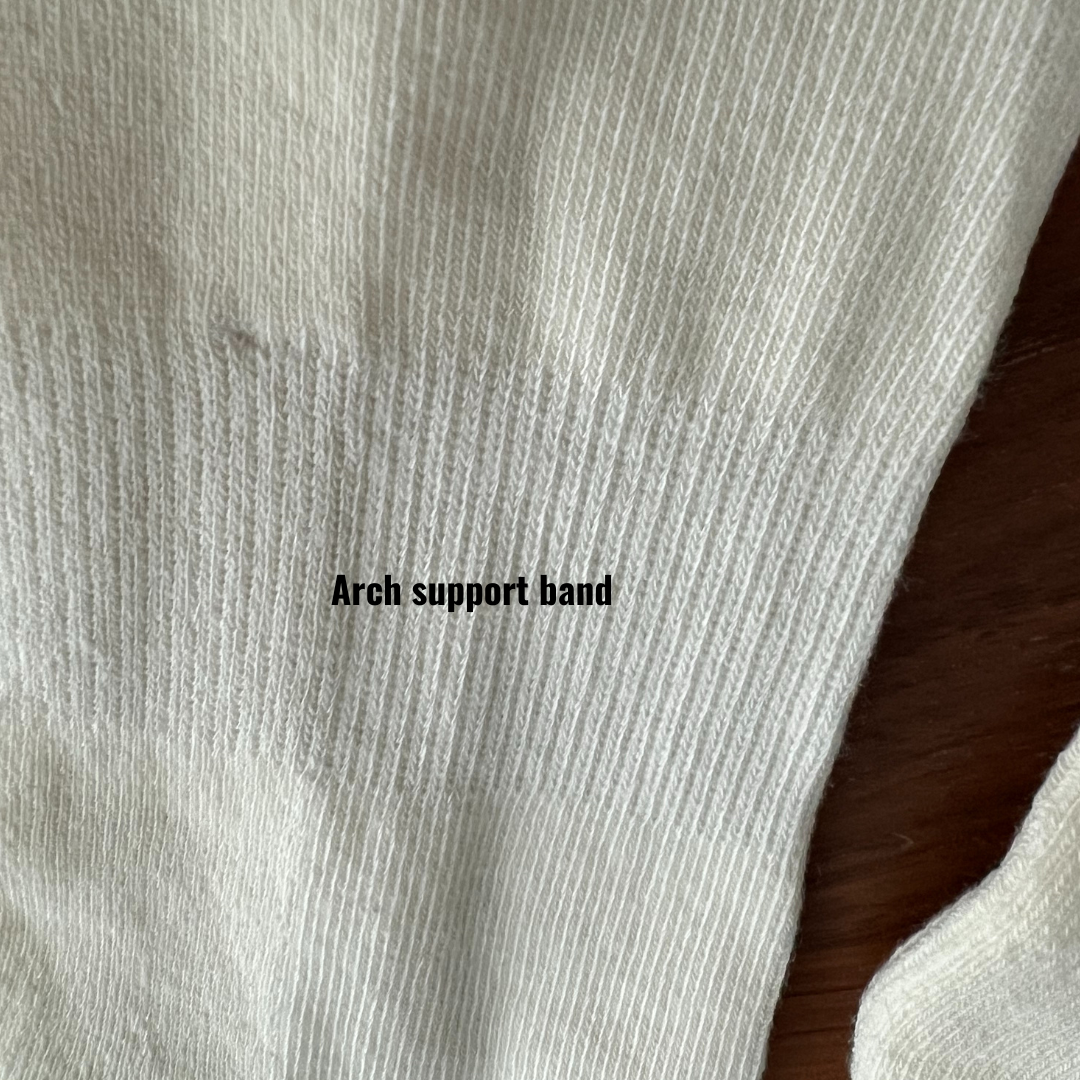In this blog, we will discover why people seek replacement shoelaces and some tips for choosing the right pair.
When Is It Time To Replace Shoelaces?
-
When You Notice Visible Wear and Tear Near the Aglets
Aglets are the small plastic or metal tips at the ends of shoelaces. They help guide the lace through the eyelets on your shoes, making it a breeze to tighten them up. Aglets are attached to the shoelace by waxing, making it more durable and less prone to unraveling.
Over time, laces can fray or tear, especially near the aglets. This means they may no longer provide secure fastening and need replacing.
When selecting shoelaces, prioritize durability and grip by opting for materials like polyester or waxed cotton. High-quality cotton shoelaces can handle consistent friction without fraying or breaking. This durability ensures a longer lifespan, saving you money in the long run compared to cheaper, synthetic alternatives.
-
When They Lose Their Stretchiness
Elasticity is vital for maintaining a snug fit. If your laces have lost their stretchiness and can no longer hold proper tension, it is crucial to replace them.
Elasticity enables laces to stretch and spring back to their original shape. For athletes, having elastic shoelaces means they can run or sprint without worrying about their laces getting caught on anything.
They are also great for people with high arches, as the elasticity enables them to attain the perfect tension, enhancing comfort and support in their footwear.
-
When They’re Not the Right Length
Shoe companies follow a one-length-fits-all approach when it comes to shoelaces. Unfortunately, if you have smaller, narrower or wider feet, the laces they provide might be a mismatch. Usually, this could mean you end up with either too much lace hanging around or struggling with laces that barely make it.
If the laces are too long, they may cause tripping, while too short laces can create tightness and discomfort. Replacement shoe laces reduce discomfort by ensuring a suitable fit for your foot size and type of footwear.
-
When Stains or Discoloration Appear
Shoelaces trail on the ground, gathering splashes, muck, sweat, and debris. When we tie them, these contaminants transfer to our hands. Neglecting regular shoelace cleaning can turn them into a breeding ground for bacteria and unpleasant odors. As they move across the floors, they spread germs within our homes.
Unfortunately, some stains and dirt cannot be removed through regular washing alone. In such cases, opting for replacement shoelaces becomes a practical solution. New laces can refresh the appearance of your footwear and maintain their overall cleanliness.
-
When You Want To Jazz Up Your Shoe Game
Evolving fashion trends often drive people to seek replacement shoe laces that align better with their style. Here are common types of shoelaces and the styles they complement best.
-
Round shoelaces - Ideal for everyday wear, round replacement shoelaces come in different colors and are suitable for all types of shoes, from sneakers to dress shoes. They're perfect for those who prefer a simple and timeless look.
- Flat shoelaces - Flat laces offer a sleek and minimalist appearance. Available in vibrant neon colors, they inject a lively pop of color into your footwear.
Tips for Choosing the Perfect Replacement Shoelaces
Even the sturdiest shoelaces can't last forever. Keep these tips in mind when shopping for new laces:
-
Material Matters: Choose durable and breathable materials like polyester, waxed cotton or leather.
-
Check Tip Reinforcements: Ensure your replacement shoelaces have reinforced tips to prevent fraying and enhance durability.
-
Assess Shoe Height and Style: Different shoe types may require different lace lengths. For instance, high-top sneakers often need longer laces compared to low-top ones. Moreover, the number of eyelets (the holes for lacing) on each side of your shoe also affects the ideal lace length.
For a standard-size shoe with four to six eyelets on each side, opt for a 48-inch shoelace. Stepping up to 10 eyelets? Aim for a 72-inch string.
Shop High-Grade Laces at Shoe Lace Supply
Swap out your tired laces for a fresh and vibrant pair! Shoe Lace Supply has replacement shoelaces perfect for Jordans, Dunks, Yeezys, Hypebeasts and more. Since 2012, we have partnered with leading brands and artists to curate exceptional designs.
Shop now and enjoy free shipping on US orders worth a $25 subtotal or more.

